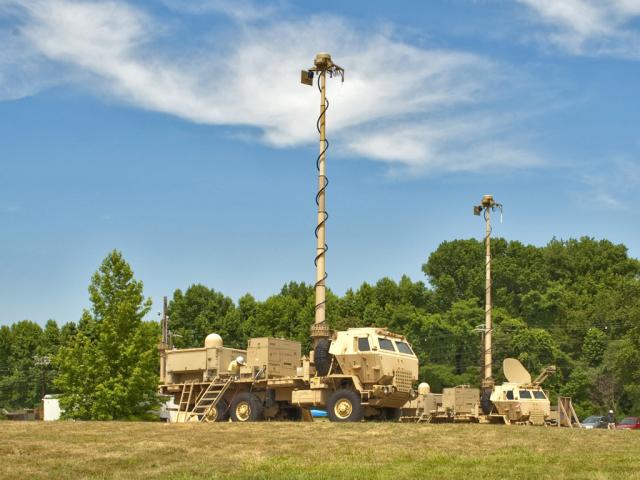In meeting the demands of conflict, Army Chief of Staff Gen. Martin E. Dempsey knows the American Soldiers’ ability to adapt and learn will overcome the enemy.
Dempsey became the 37th Army chief of staff April 11, 2011. Although he is nearly 60, he says he understands the new generation of Soldier.
“I read recently that a young man or woman is likely to have had four jobs between the time they graduate high school or college until they turn 34. I think this generation thinks differently about what longevity is and what continuity is. I think they embrace adaptation far more easily than my generation does.
Dempsey knows, based on his own children’s lives, that the new generation wants to sit in the middle of an open field with a smart phone, be by themselves, but be connected to the world.
“I’m an advocate of social media,” Dempsey said, who just opened his own Chief of Staff Facebook page.
Referring to Lt. Gen. Mark Hertling, the former commanding general of initial military training at TRADOC, Dempsey applauded his efforts to connect Soldiers to digital applications so they can pull information off the net and begin learning on their own.
“It’s having remarkable results. But there are two issues I have to figure out. One is the security protocols. This is more difficult than the bandwidth issue, though the bandwidth issue for the deployed force is a bigger issue. But we have to be secured, because the information makes us vulnerable,” Dempsey said.
America’s enemies are commanding and controlling their forces using smartphones, Dempsey said, adding “we can’t let them become more adaptable than we are.”
Adaptability is not just about technology, though. The new chief of staff believes it’s also about organizational design.
“I think the Army should think of itself as an organization that will adapt about every five to seven years and organizational design ought to be part of that,” Dempsey said. “It’s not just about equipment.”
“Let’s say that in 2020 our assessment is that we might need fewer heavy brigades and more engineering brigades or more infantry brigades. But our projection for some future chief of staff in 2025 or 2030, we might need to recapture the design of a heavier force and we ought to be adaptable enough to do that and I think we can be,” Dempsey said.
Over the past 10 years, he said, the Army has learned that the force is distributed on the battlefield in a way that junior leaders have quite a bit of responsibility. He said a sense of confidence and trust needs to be developed at the junior leader level all the way up to the top.
“It’s not about pushing things down now, it’s actually about pulling things up. You give a Soldier a mission, you give a leader a mission and they’ve got to have tools, and they’ve got to have your trust and confidence to execute and they’ve got to provide you the context for you to understand what’s going on — a completely different paradigm than when I was growing up. That’s why we need the network,” he said.
To accomplish this task, he said, the Army has to figure out how the smart phone and similar items can come into play. This will empower a junior leader to let commanders know what’s happening on the ground.
“When I was a captain, I completely relied on the colonels to provide me what I needed in terms of information intelligence. I mean, I knew I had an obligation to develop the situation myself, but my expectation was that all the really good intel was going to come from the top down. Not now. Now the really good intel comes from the bottom up and we have got to build the network to deliver,” Dempsey said.
With talk of the budget being slashed, though, can the network become part of the new Army?
“I think the answer is yes,” Dempsey said. “But it’s about less long-term exquisite and expensive programs and more about commercial and government off-the-shelf, because here’s the other reality of networks.”
“By 2017, as an example, your contact lens could be your iPad. So we have to learn faster and understand better than our enemies, and we have to leverage the technologies that exist, instead of trying to find that exquisite answer,” he said.
The biggest challenge, he said, is reconciling the very different pressures that exist between meeting the current demand, winning the current fight and building the future force. To this end, Dempsey said he is committed to building an Army that is well organized, well trained and well equipped.
“The armed forces of the United States, and that’s not just the Army, have to provide the capability that the nation requests, requires and demands,” Dempsey said.










